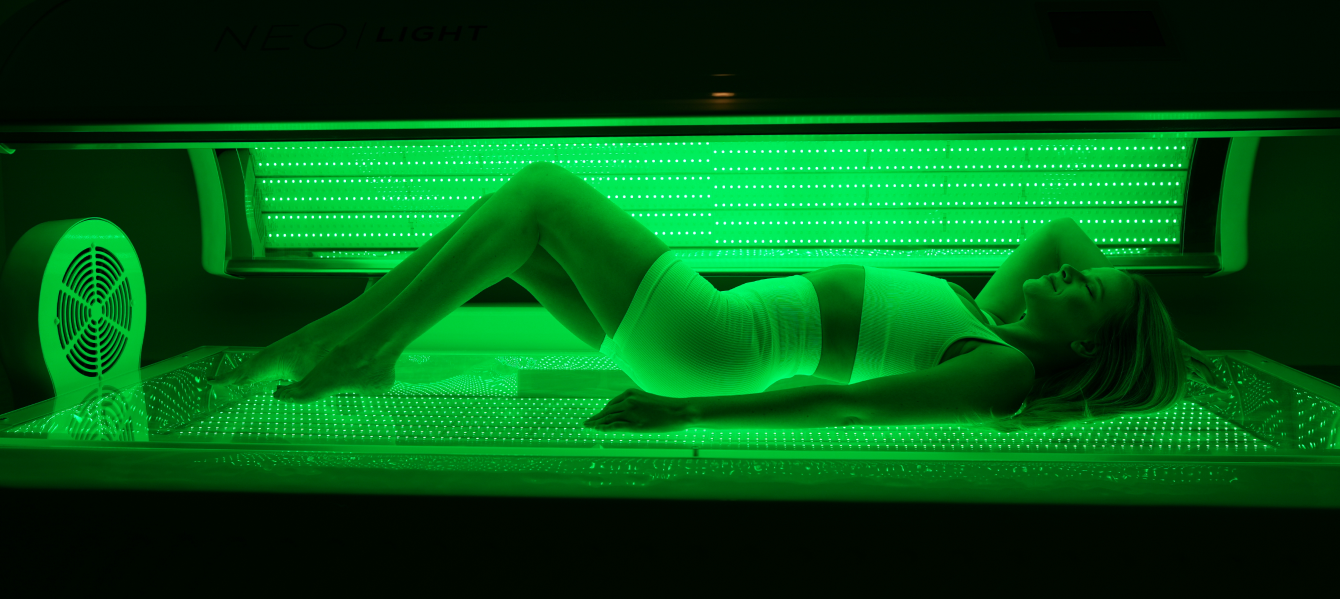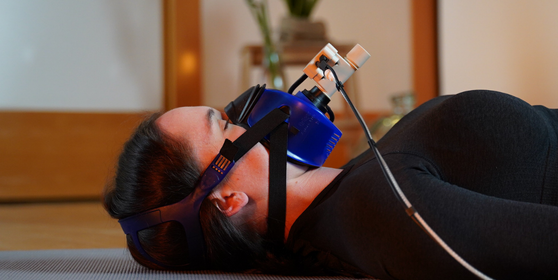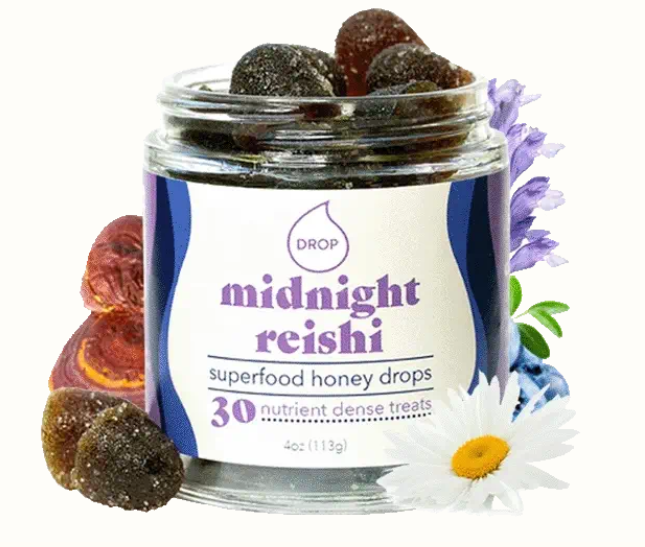Cryotherapy vs Cold Plunging: Key Differences for Recovery
What’s the Real Difference for Fitness Recovery?
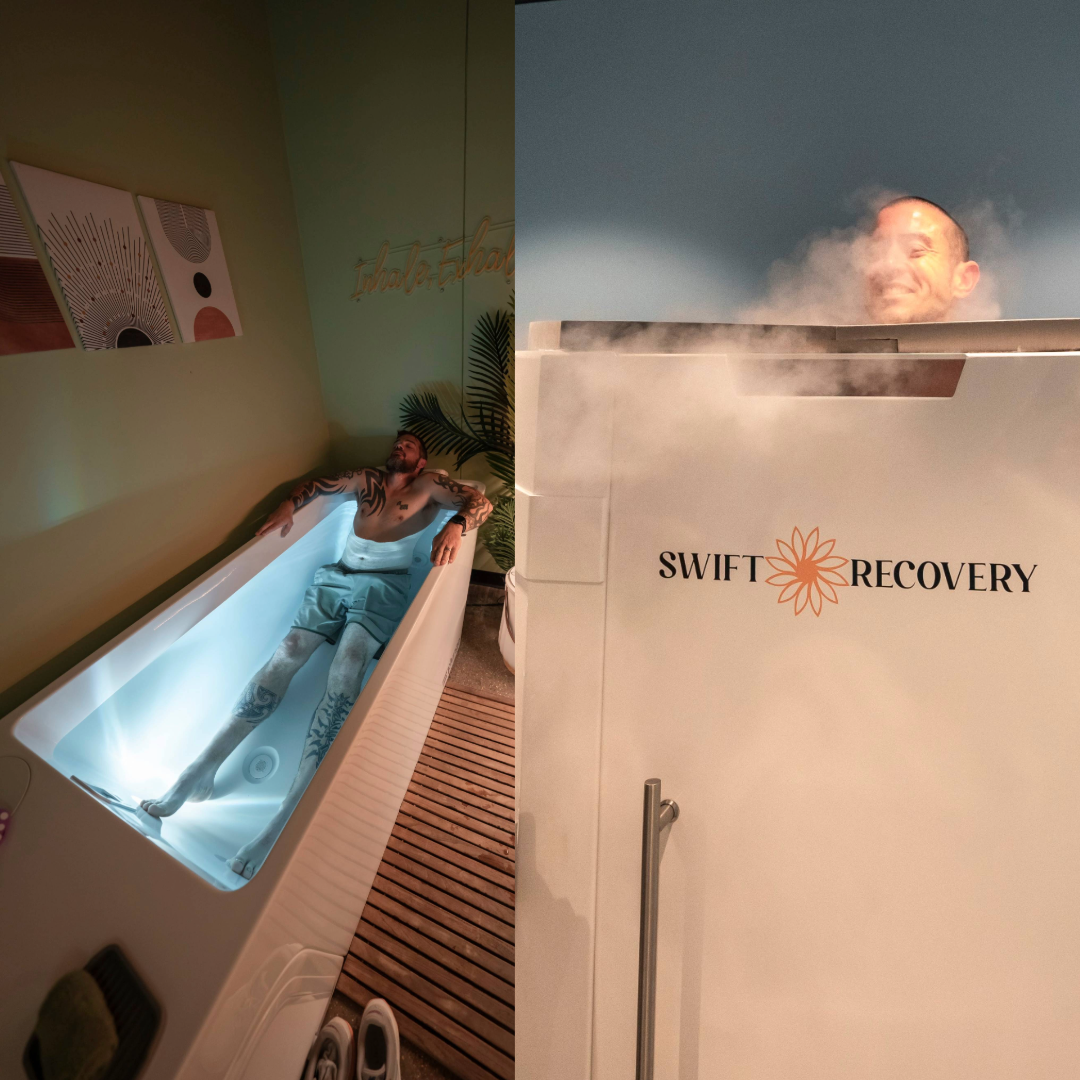
If you hang out with fitness enthusiasts in Huntsville, Alabama, you’ve likely heard plenty of buzz about cryotherapy and cold plunging. Both therapies promise speedier recovery, less soreness, and an edge in performance—but do you know what sets them apart?
This guide unpacks the key differences between cryotherapy and cold plunging, explains their benefits, and will help you decide which method (or both) could optimize your recovery routine.
Cold Therapy Is Heating Up in Huntsville
From elite athletes to weekend warriors, many in Huntsville are chasing the best ways to bounce back stronger after workouts. Cryotherapy and cold plunging have surged in popularity, popping up in social media feeds and recovery studios, including local spots like Swift Recovery. While both harness the power of cold, they do it in significantly different ways.
If you’re curious about which suits your body, lifestyle, or recovery goals, you’re in the right place.
What Is Cryotherapy?
Cryotherapy literally means "cold therapy." This technique involves briefly exposing your body to extremely low temperatures in a controlled environment. At Swift Recovery, you’ll find:
Localized Cryotherapy (targeted to specific areas)
Whole-body Chamber Cryotherapy (full-body exposure)
The Cryotherapy Process
During a chamber session at Swift Recovery, you step into a chilled chamber cooled to between -70°F and -250°F. Sessions last just one to three minutes. Localized options use cold air directed at a specific body part for a similar time frame.
What Happens to Your Body?
Your body reacts to the ultra-cold by tightening blood vessels, redirecting blood flow to your core, and triggering a surge of endorphins and anti-inflammatory chemicals. After leaving the chamber, blood rushes back to your extremities, delivering oxygen and nutrients.
Benefits of Cryotherapy
At Swift Recovery, regular cryotherapy users report benefits such as:
- Faster Muscle Recovery
Reduces inflammation and lactic acid buildup, speeding up post-workout healing
- Enhanced Immune Function
Stimulates your lymphatic system to clear out toxins
- Greater Resilience
Exposes you to short-term physical stress, which can toughen mind and body
- Boosted Energy & Mood
Cold shocks prompt a release of adrenaline and endorphins
- Metabolism & Weight Loss Support
Frequent sessions can rev metabolic rate, especially when combined with exercise
- Improved Sleep & Mental Focus
Some clients experience deeper sleep and sharper mental clarity
- Skin and Hair Health
Cold exposure increases antioxidant levels, which can reduce skin discomfort
If you’re looking for a holistic and science-backed approach, Swift Recovery’s personalized cryotherapy programs might fit the bill.
What Is Cold Plunging?
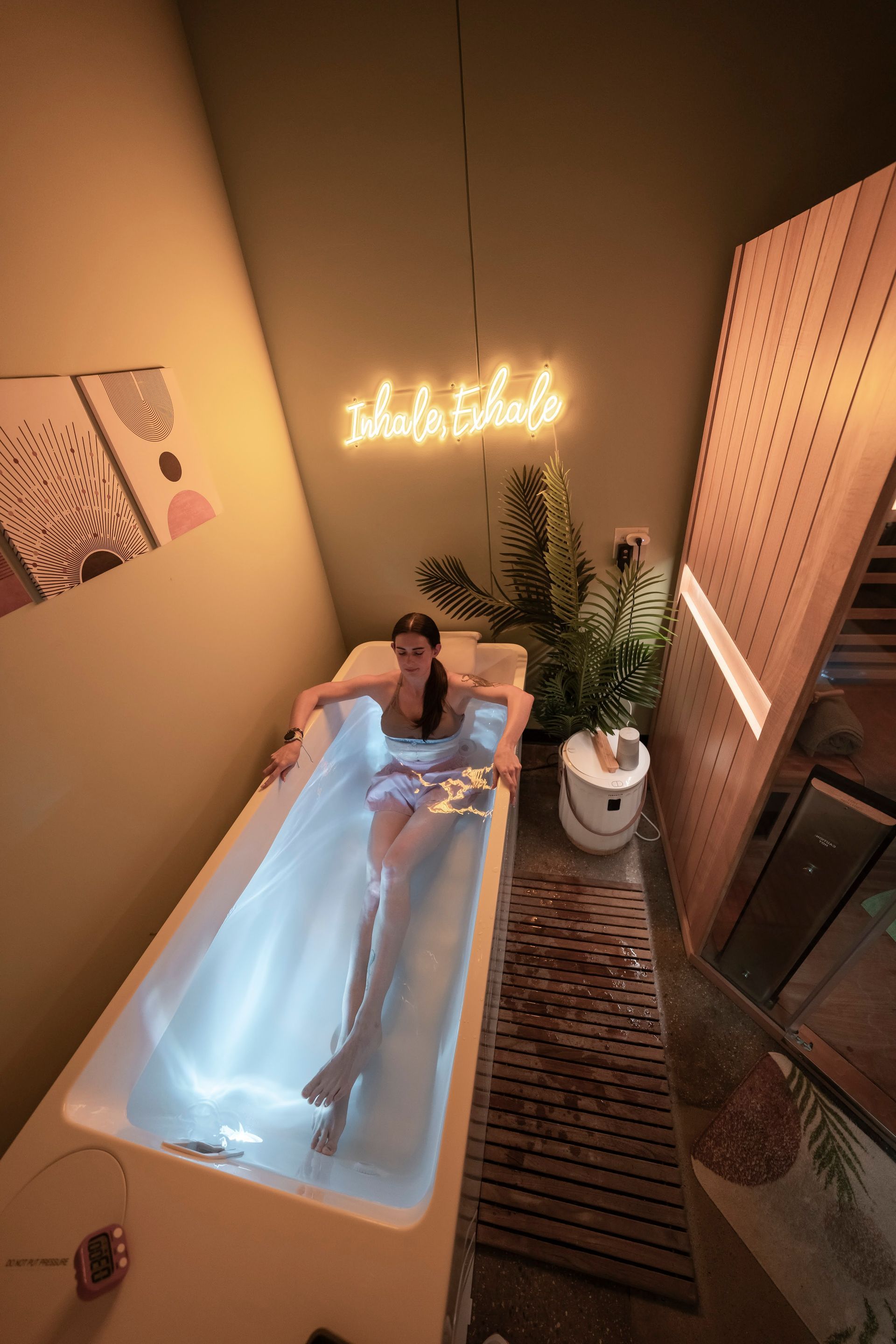
Cold plunging is as straightforward as it sounds. You immerse your body or limbs into cold water (like an ice bath, cold tub, or even a chilly creek) for a set period.
The Cold Plunge Protocol
Most cold plunges use water temperatures between 48°F and 59°F. Typical immersion time is 3 to 10 minutes, depending on your experience and tolerance.
How It Works
Submerging yourself in cold water causes blood vessels to constrict and metabolic activity to ramp up as your body works to maintain core temperature. When you emerge, blood returns to your skin, helping flush out waste products from tired muscles.
Benefits of Cold Plunging
Cold plunging is lauded for:
- Reduced Muscle Soreness
Especially after high-intensity or endurance workouts, thanks to the anti-inflammatory response
- Improved Circulation
Alternating between vasoconstriction (in the cold) and vasodilation (re-warming) strengthens your cardiovascular system
- Mental Toughness
Withstanding the initial shock of cold builds willpower and stress resilience
- Potential for Mood Enhancement
Like cryotherapy, cold water can trigger a release of endorphins
Fitness communities and even home users are adopting cold plunges for recovery, mental health, and immune support.
Cryotherapy vs Cold Plunging: Key Differences
Both techniques are rooted in cold exposure but have distinct characteristics:
Temperature
- Cryotherapy exposes you to temperatures between -70°F and -250°F (dry cold).
- Cold Plunging typically uses water at 48°F to 55°F (wet cold).
Duration
- Cryotherapy: Short & intense (1–3 minutes)
- Cold Plunging: Moderate to long (3–10 minutes)
Environment
- Cryotherapy: Performed in a dry, controlled chamber (dry cold exposure).
- Cold Plunging: Immersion involves direct contact with water (wet cold exposure), often requiring a tub, pool, or natural body of water.
Accessibility
- Cryotherapy: Access requires a specialized studio or wellness center like Swift Recovery, with trained staff and equipment.
- Cold Plunging: You can set up a basic cold plunge at home with a bathtub, bags of ice, and a thermometer, though professional setups offer better temperature control.
Benefit Breakdown
Cryotherapy
- Best for:
- Quick and powerful exposure
- Athletes needing rapid recovery
- Those who want immune and mood support, energy boost, and holistic health benefits
- Reported Benefits:
- Muscle recovery, improved immune function, resilience, metabolism boost, elevated mood, better sleep, and enhanced skin health
Cold Plunging
- Best for:
- Affordable and accessible cold therapy
- Those seeking a prolonged cold exposure
- Building mental grit and improving circulation
- Reported Benefits:
- Reduced soreness, improved circulation, cultivated mental toughness, and possible mood elevation
Which Should You Choose? Cryotherapy or Cold Plunge?
The answer depends on:
- Your recovery needs: Are you an athlete who needs fast, intense treatment, or looking for affordable, accessible options?
- Personal comfort and preferences: Some tolerate intense dry cold better; others prefer sustained exposure in water.
- Access to facilities: Do you have a professional center like Swift Recovery nearby, or is a home setup more practical?
Many fitness enthusiasts in Huntsville use both methods at different times, mixing them into their routines as needs change. Some combine them with therapies like compression, vibroacoustic sessions, or light therapy for even better results.
Find the Cold Therapy Right for You in Huntsville
Both cryotherapy and cold plunging offer unique recovery and wellness benefits, but the “right” choice comes down to accessibility, goals, and personal preference. Understanding their differences helps you make informed decisions about your health.
If you’re curious about integrating cryotherapy into your fitness recovery regime, consider booking a free consultation at Swift Recovery in Huntsville. The team offers expertise in both localized and whole-body cryotherapy to target your wellness goals. Whichever method you choose, committing to regular recovery practices will move you closer to your peak performance.

